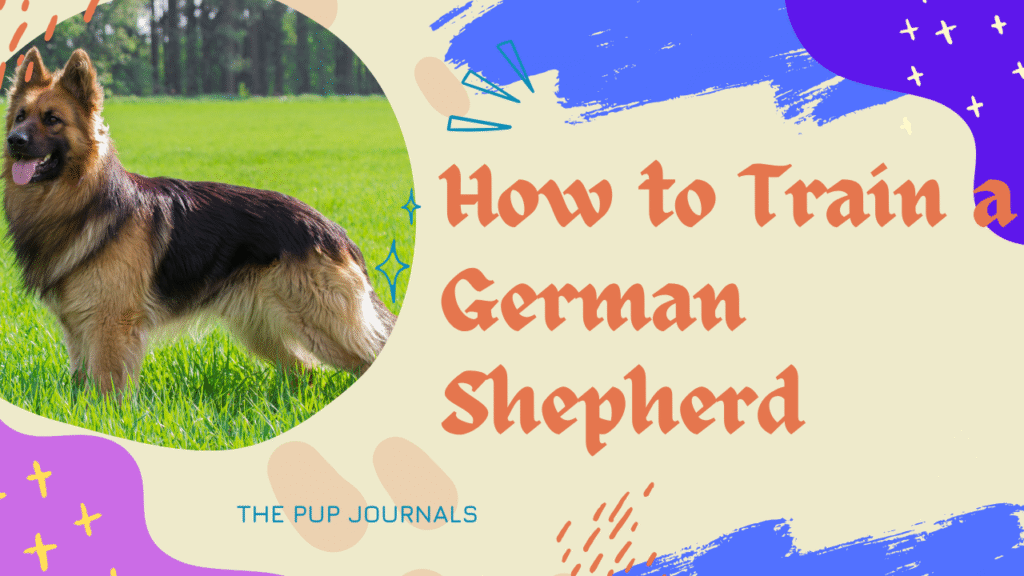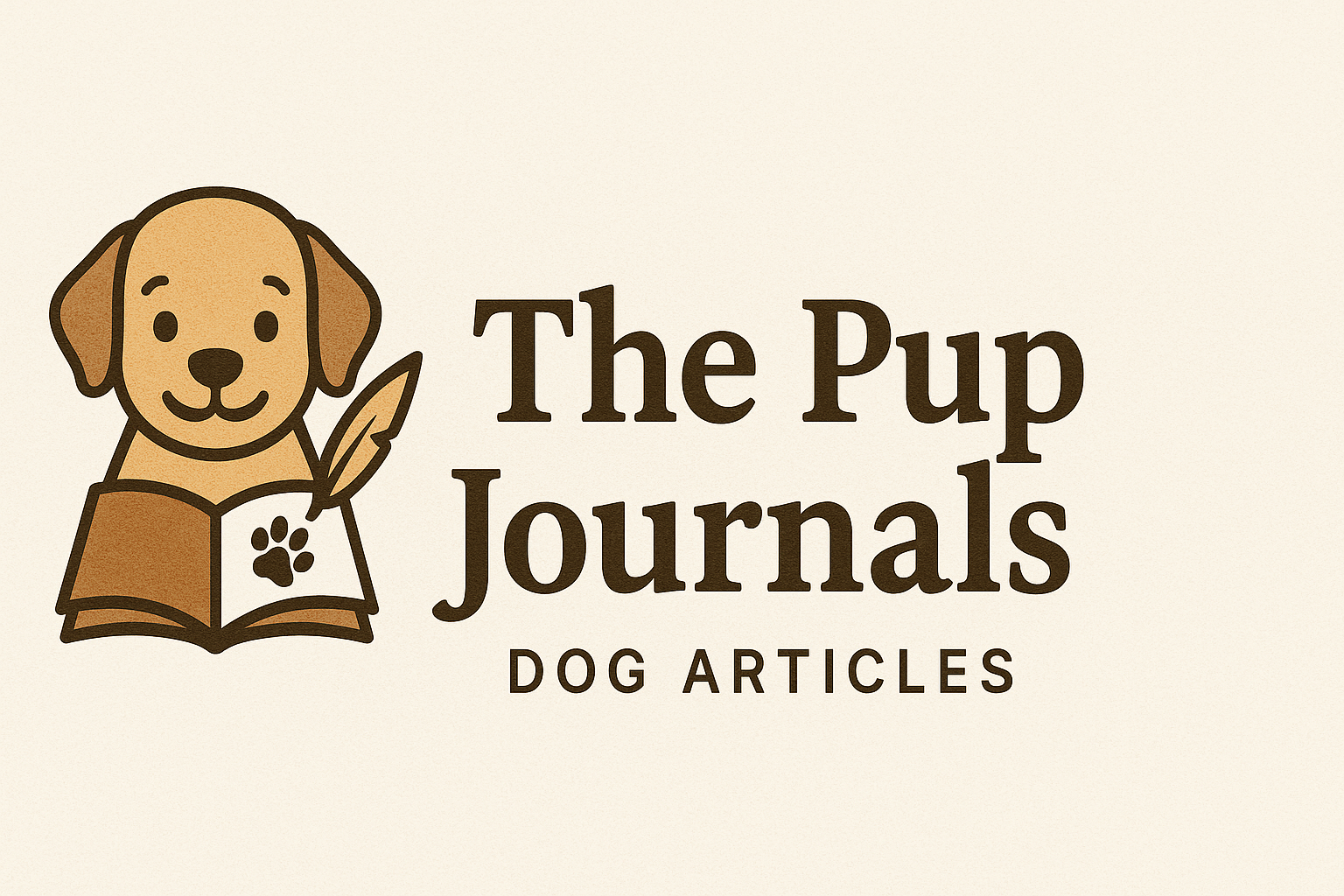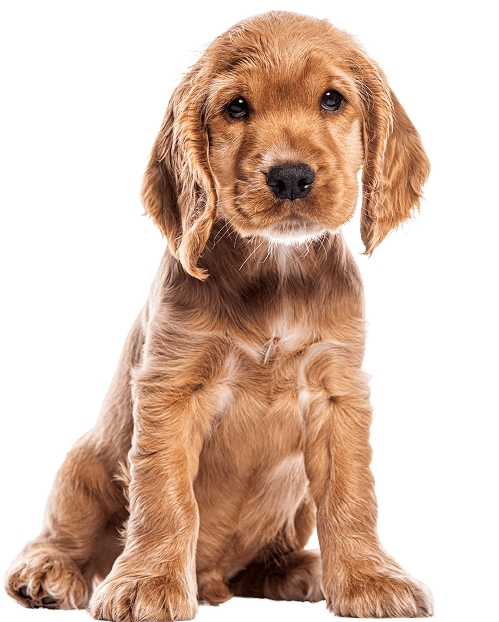
Table of contents
Learning how to train a German Shepherd puppy can feel overwhelming. But with the right steps, you’ll build a strong bond and raise a well-behaved dog.
The Power of Early Training
A German shepherd puppy absorbs everything like a sponge. During the critical growth period, between eight and sixteen weeks, the puppy’s brain is forming habits that will last for a lifetime. If you intervene in that growth period, you will mold a steady, self-confident adult. If you don’t, you will develop barking, chewing, and reactivity down the road. Working with your puppy early is going to save you time and stress in the future.
Why German Shepherds Are Special
German Shepherds shine in loyalty, intelligence, and protection. They learn fast and love to work. Early training taps into these traits. You’ll enjoy a happy, confident companion.
Gear You Will Need
- Flat buckle collar or Y-front harness
- Six-foot nylon leash
- High-value treats (soft, pea-size)
- Clicker or marker word like “Yes”
- Durable chew toys
- Crate sized for adult weight with divider
- Puppy playpen or baby gates
- Poop bags and enzyme cleaner
- Patience, joy, and a solid daily plan
Step-By-Step Method: How to Train a German Shepherd Puppy
1. Pick a Name and Teach Recall
- Choose a short, sharp name: “Rex,” “Nova,” or “Echo.” something like that.
- Say the name once. When the puppy looks, mark with “Yes” and give a treat.
- Repeat 10 times in a quiet room.
- Add distance. Squat, clap once, and call, “Echo, come!” Reward the sprint.
- Move outdoors on a long line. Pay every recall.
A strong name game creates focus. Recall is your safety net for life.
2. Nail House Training Fast
German shepherd pups learn potty habits in one to two weeks when you stay on schedule.
| Pup Age | Time Between Breaks |
|---|---|
| 8–10 wk | 1 hour |
| 10–14 wk | 2 hours |
| 14–20 wk | 3 hours |
- Take the pup out after waking, eating, playing, and every listed interval.
- Stand in the “potty zone.” Say “Go potty” once.
- When the pup finishes, praise, treat, and go right back inside.
- If an accident happens, clean with enzyme spray. Never scold. You were late, not the pup.
3. Teach Bite Inhibition
German shepherd puppies have sharp teeth and strong jaws.
- Yelp a soft “Ouch” when teeth touch skin.
- Offer a chew toy and praise when the pup bites that toy.
- If the pup keeps biting, end play and step over a gate for 30 seconds.
- Return calm and try again.
This method shows the pup that gentle mouths keep fun alive.
4. Socialize With Purpose
Your goal is 100 positive exposures before 16 weeks: sights, sounds, surfaces, and safe people.
- Carry high-value treats on every walk.
- Let the pup look at trucks, bikes, and strollers from a distance it can handle.
- Pair every new sight with food and praise.
- Skip dog parks. Meet calm, vaccinated adult dogs one-on-one.
Quality beats quantity. Each calm event grows confidence.
5. Master the Big Four Commands
Start with five-minute sessions, three times a day.
- Sit – Hold a treat above the nose. Lift and guide the pup’s rear down. Mark and reward.
- Down – From Sit, bring the treat to the floor between paws. When elbows hit, mark and reward.
- Stay – Ask for Sit. Open your palm, say “Stay,” step back one pace, return, and treat. Build time and distance slowly.
- Leave it – Present a treat in a closed fist. When the pup stops nibbling, mark and reward from the other hand.
Keep commands clear and consistent. Use the same word and same hand signal every time.
6. Introduce Leash Manners Early
German shepherds grow to 70–90 pounds. Loose-leash habits save your shoulders.
- Start walking in the yard. Reward every step beside your left leg.
- If the pup forges ahead, freeze. Become a tree.
- When the leash slack returns, praise and move forward.
- Use a front-clip harness if pulling turns into a game.
Ten calm minutes daily beat one chaotic hour weekly.
7. Feed the Brain With Mental Jobs
A bored shepherd invents trouble. Channel that sharp mind:
- Scatter a meal in a snuffle mat.
- Stuff a Kong with wet food and freeze it.
- Teach nose-work games like “Find the treat.”
- Rotate toys so each feels new.
Mental exercise tires the pup faster than a mile jog.
8. Keep a Firm Routine
Dogs relax when life feels clear.
Morning:
- Potty break
- Breakfast in puzzle toy
- Five-minute training set
Midday:
- Potty
- Short walk and social look-around
- Crate nap with chew toy
Evening:
- Potty
- Leash training or backyard play
- Dinner
- Quiet cuddle time
- Last potty, then crate overnight
Consistency speeds every lesson.
Common Mistakes to Avoid
- Long sessions – Puppies melt down after ten minutes.
- Harsh corrections – Shepherds shut down when yelled at. Use calm, clear cues.
- Skipping socialization – Fear later is hard to erase.
- Late neuter decisions – Talk to your vet; timing can affect growth plates and focus.
- Weekend warrior walks – Daily, gentle work beats once-a-week marathons.
Conclusion
Training your German Shepherd puppy doesn’t have to be difficult. If you follow these steps on how to train a German Shepherd puppy you will be setting your dog up for success. Use short, consistent training sessions. Give treats for good behavior. Expose your puppy to new experiences with sights and sounds. Show your puppy patience and love. Before long, you will have a companion who is well-trained, happy, and thriving next to you!
Happy training!



One Response